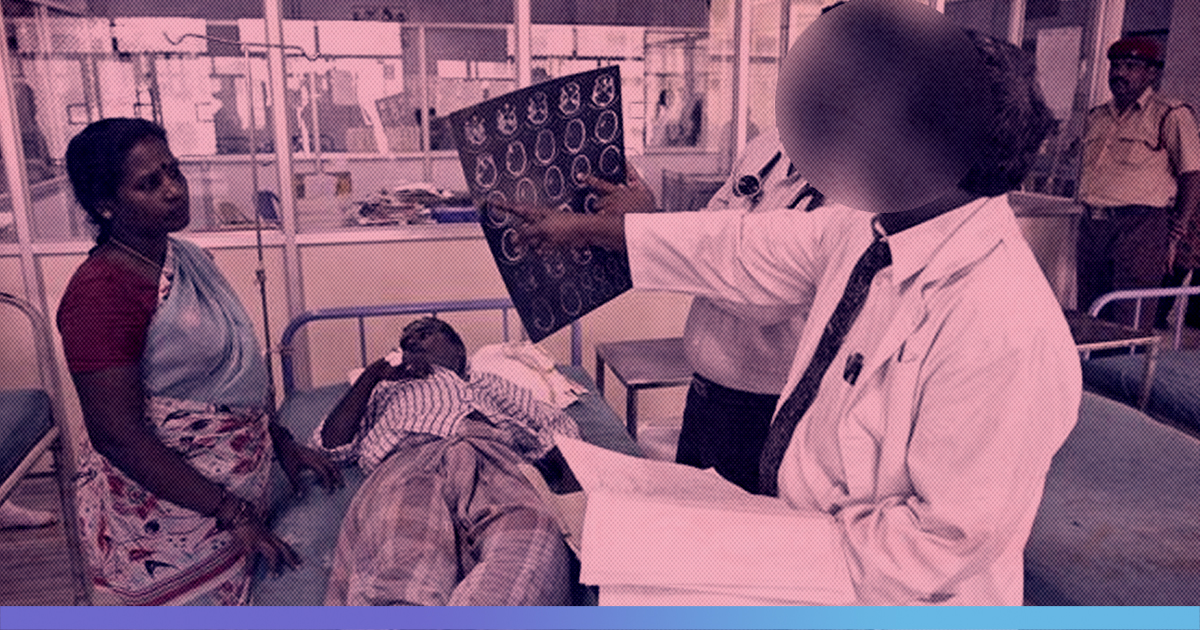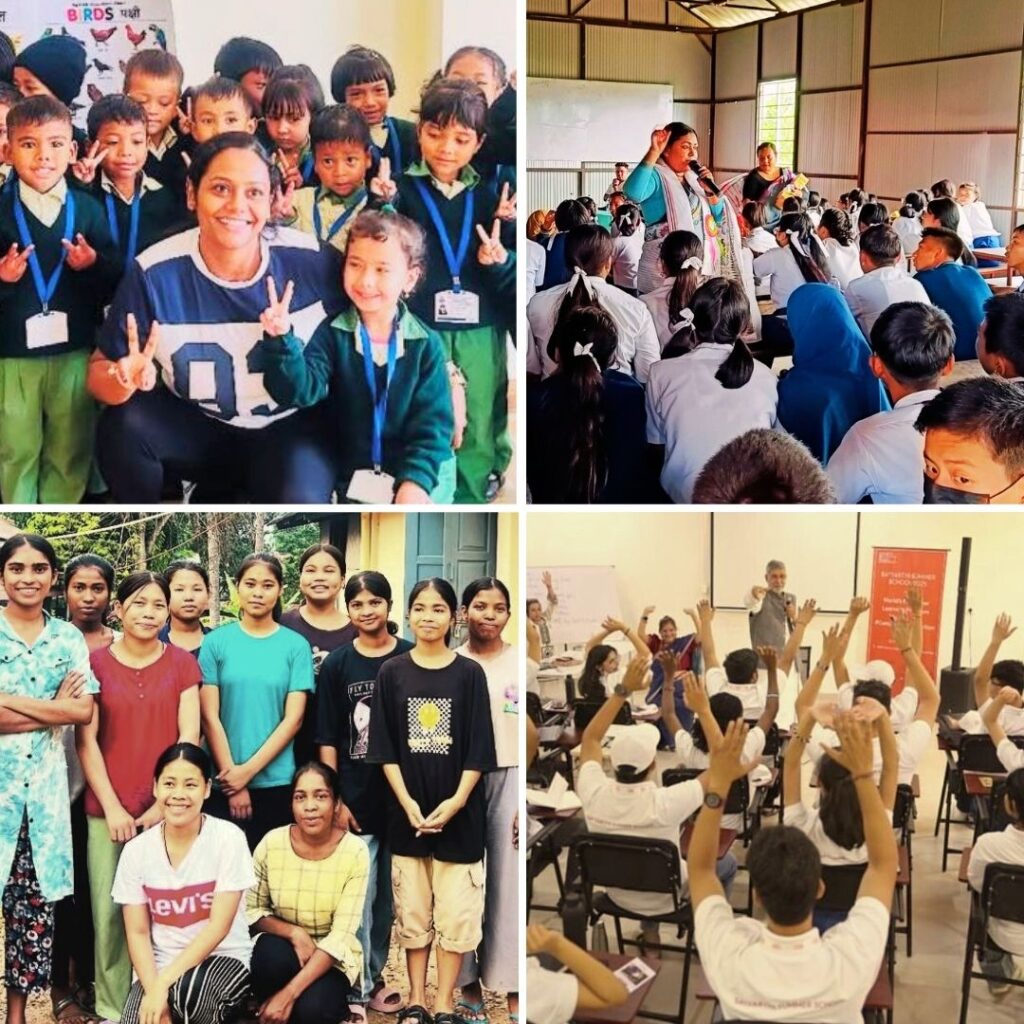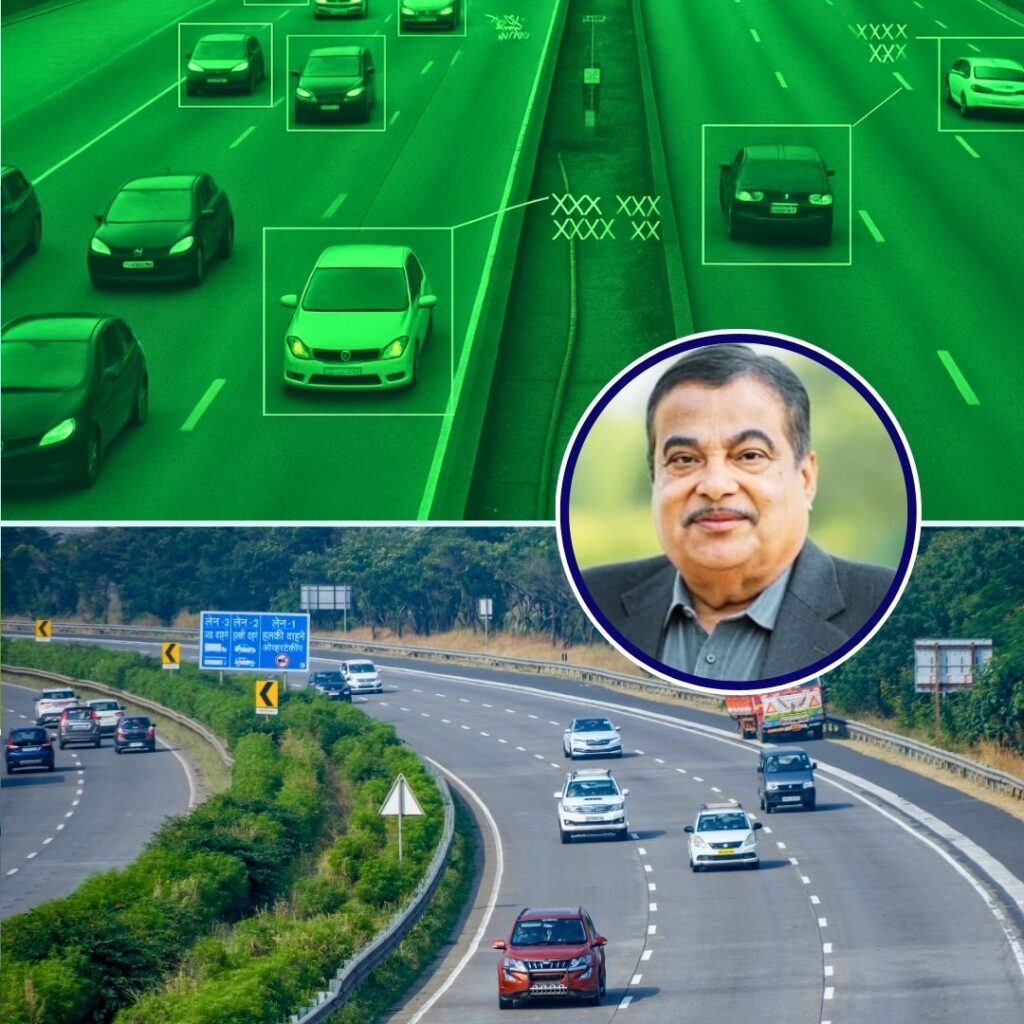A 2016 World Health Organisation (WHO) Report stating that 57.3% of those practising allopathic medicine did not have any medical qualification, was rubbished by the Government in January 2018. However, the data has now gained official approval.
The health ministry is now drawing references from the report to allow community health practitioners to practise modern medicine under the Nation Medical Commission Bill.
Scarcity Of Doctors
The study was led by Oxford professor Sudhir Anand and his former student Victoria Fan. One of their primary objective of the study was to identify the gaps in the “woefully inadequate” existing database of the health workers in the country.
Published on July 4, 2016, the study titled The Health Workforce In India describes the “nature of health workforce inequalities” in the country and highlights several challenges faced by the country.
Among some of the conclusions made in the report, for a population of 1.02% billion in 2001, there were just 20 lakh health workers in the country. Of these, 39.6% were doctors, 30.5% were nurses and a 1.2% constituted dentists.
Of all doctors, 77.2% were allopathic, and 22.8% were homoeopathic. The remaining 28.8% of the workforce constituted pharmacists, traditional and faith healers, etc.
Inadequate Education
Shockingly, 31.4% of the allopathic doctors were educated only up to secondary school level, and a massive 57.3% did not even have a primary medical qualification. Among nurses, 67.1% received education only up to secondary school level.
As many as 73 districts in the country had nurses with no medical qualification. Of all health workers, 59.2% hailed from urban areas, and only 40.8% were from rural areas.
Government Trashes Report In Past
“The report is erroneous since MBBS is the minimum qualification for enrolment as a registered medical practitioner in a state medical register to practice medicine, and hence all registered doctors have medical qualifications,” Union Minister JP Nadda had told the Lok Sabha in a written reply in January 2018.
According to the report, the educational qualification of the urban doctors was much higher than that of the rural doctors. This urban-rural difference in education among doctors was one of the most key highlights of the study.
Referring to the report as erroneous, Nadda further said Section 15 of the Indian Medical Council Act, 1956 prohibits a person other than a medical practitioner enrolled on a state medical register to practice in the state.
“Since health is a state subject, the primary responsibility to deal with cases of quacks (fraudulent or ignorant pretender to medical skill) lies with respective state governments,” he said.
“Keeping in view the above, the Central government has requested the Chief Ministers of all states to take appropriate action against quacks and evolve suitable policies to ensure availability of quality health workforce in rural areas”, he had said.
Density Of Medical Practitioners
Of the 30 districts with the lowest number of allopathic doctors, half were in north-eastern states and the remaining were in central states including Uttar Pradesh, Bihar and Madhya Pradesh. Of the 30 districts with the highest allopathic doctors, more than half were in state capitals with seven in Delhi itself.
The density of nurses was lowest in districts of Bihar, Uttar Pradesh and Jharkhand and at highest in state capitals or in the national capital. Seven districts of Kerala were among the 30 districts with the highest density of nurses.
These gaps stemmed from the parameter of medical qualifications. While 58.4% of urban allopathic doctors were qualified, only 18.8% of rural allopathic doctors had a proper medical qualification.
Alarming Gender Divide
The study revealed a vast gender divide, as, of all health workers, only 38% were females, with the highest in Kerala (64.5%) and Meghalaya (64.2%) and the lowest in Uttar Pradesh (19.9%) and Bihar (22.3%).
Despite being in majority, a large number of males were less educated than female doctors. Among allopathic doctors, only 37.7% of male doctors were medically qualified in comparison to 67.2% females.
Lack Of Dental Healthcare
The study also pointed at a general lack of dental healthcare in the country. Of 593 districts in the country, 58 districts had no dentists, while 88 districts had dentists with not more than secondary schooling.
175 districts had no dentists with even a basic medical qualification.
Also, Read Medical Students Will Now Learn Disability Rights, MCI Updates Curriculum











